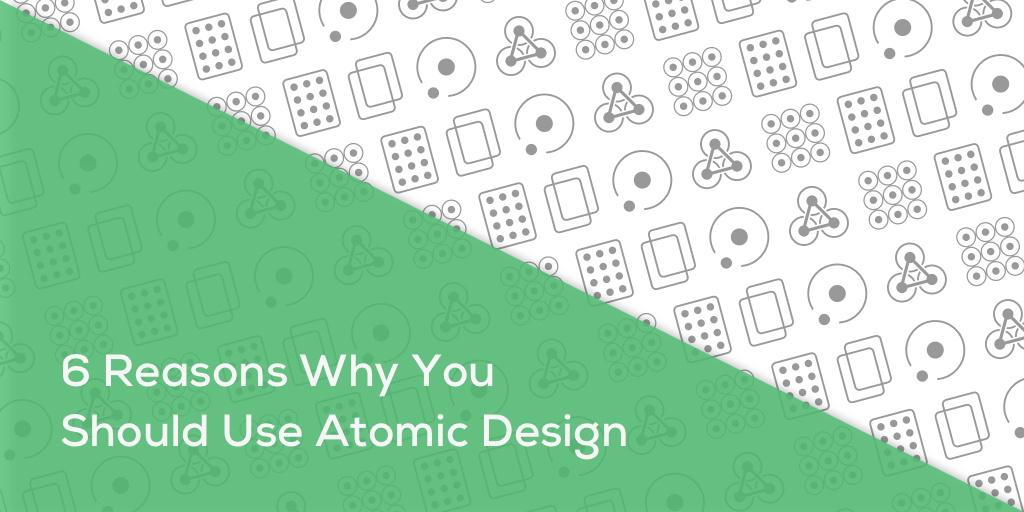If you’ve been a designer or developer for the last several years, you’ve most likely heard of something called “Atomic Design.” This is a design system that was created around the beginning of the 2010s by Brad Frost using ideas from chemistry to create design elements.
Simply put, chemistry tells us that everything in the world is made up of atoms and these atoms form molecules, which then go on to form larger, more complex organisms, and so on. This is the driving philosophy of the Atomic Design methodology. In this way, the design process is made organic, starting at the level of a single atom and building your way up to an organism, or component that will live on your website. Regardless of your website’s elements and content, Atomic Design components can help you build a user interface that is more structured and easy for users to understand.
Here are a few reasons to incorporate Atomic Design principles in your designs:
1. Layout Is Easy To Understand
For the life of a developer, there is nothing better than being on the same page as the designer. Using the Atomic Design system to make designs easy to understand through a design library and style guide facilitates handover to the development team. This, in turn, allows the developer to create a website that is simpler and quicker to code as it allows them to easily reference elements within the library and style guide. This simplicity allows everyone working on the website to see where each atom, molecule, and organism is being used and how it can be replicated on each template or page.
2. Pick and Mix Components
Breaking a design down into its smallest components, elements, or atoms, makes it easier for you to notice what can be reused across the design and where they would best fit while keeping the user interface consistent. This allows you to mix and match atoms to form new molecules and organisms, thus saving the need to create new UI elements.
3. Simple to Create Component Design Library
When you design a site from scratch using the Atomic Design Methodology, it’s best practice to use components as this allows you to quickly create a Style Guide based on the component library and elements you like. This is made simple as every atom and molecule has been previously created, allowing them to be dropped straight into the Style Guide. Using this approach means that these assets and elements can continue to be added to a wireframe template or other component library for future use. With a more simplified creation process, developers are given an accurate and concise guide to follow, which also makes it easier for designers to explain where each piece fits in and how it should be used.
4. Coding Is Consistent
Using Atomic Design methodology allows you to reuse atoms and molecules for the design, which can also be rather easily translated to coding. As elements are reused in similar ways, this reduces coding waste, redundancy, and duplication. Just as in the design phase, the developer now has a box of building blocks, or components, which they can simply reuse across the site and tweak when needed.
5. Global Site Updates
When working with specific atoms of a molecule and the time comes to update the overall molecule, it is very easy to make changes. This is due to all the components being related and sharing the same elements, code, or design styles. For example, when you change a green button to yellow or to have rounded corners, you just need to change one button and it will apply to all similar buttons used throughout the design.
6. Prototyping Made Quick
When you have an Atomic Design-minded component library containing all the required atoms and molecules ready to be used, it makes prototyping elements quick and easy. All you need to do is pick and combine your basic atoms, molecules, and organisms, place them around the design to create a template, and you’re nearly done! Once everything is in place, you can customize and refine it for the next step of design or begin adding your content.
Overall, Atomic Design is a design system that gives us a structured way to think about website elements and designing a user interface that stages content in an intuitive and efficient manner. Why not try it for yourself?
If you have any questions on how to incorporate the Atomic Design methodology into your website and other best practices, please feel free to reach out to our team directly at info@arcticleaf.io.



